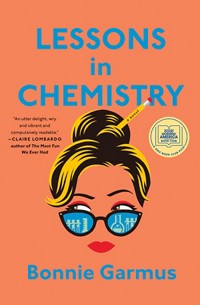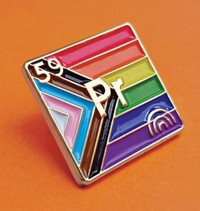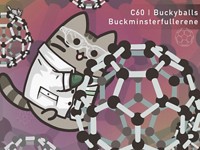Advertisement
Grab your lab coat. Let's get started
Welcome!
Welcome!
Create an account below to get 6 C&EN articles per month, receive newsletters and more - all free.
It seems this is your first time logging in online. Please enter the following information to continue.
As an ACS member you automatically get access to this site. All we need is few more details to create your reading experience.
Not you? Sign in with a different account.
Not you? Sign in with a different account.
ERROR 1
ERROR 1
ERROR 2
ERROR 2
ERROR 2
ERROR 2
ERROR 2
Password and Confirm password must match.
If you have an ACS member number, please enter it here so we can link this account to your membership. (optional)
ERROR 2
ACS values your privacy. By submitting your information, you are gaining access to C&EN and subscribing to our weekly newsletter. We use the information you provide to make your reading experience better, and we will never sell your data to third party members.
Education
Newscripts
Dolled-Up Laboratory, ACS Ambassador Barbie
by Jeff Huber
April 7, 2014
| A version of this story appeared in
Volume 92, Issue 14

Some chemists may frown on playing with dolls in the lab, but not Charlie Abrams. He encourages it.
Last year, Charlie was searching for science accessories to go with his daughter’s doll, Rebecca Rubin of the popular American Girl doll collection. Unable to find what he was looking for, the professor of physical science and engineering at Chicago’s Truman College decided to work with his daughter, Elizabeth, to build a mini science lab for the doll. They began by constructing a model gas chromatograph/mass spectrometer out of foam board, paper, and equipment photographs.
“After we built the GC/MS, I thought it would just sit on my shelf, but to my surprise she actually played with it,” Charlie says. For instance, upon hearing her dad describe the instrument as “a way to know why someone might be sick,” Elizabeth and her friends set up a hospital bed for Rebecca and incorporated a GC/MS into the doll’s treatment.
Before long, Charlie and his daughter built an entire laboratory, complete with infrared spectrometer, atomic absorption spectrometer, and polarimeter. Charlie even dreamed up a game to make his daughter’s use of the laboratory more fun. In the game, a king has been poisoned and Rebecca must use the lab’s instruments to figure out the origin of the poison. Cards saying things such as, “Did someone switch the king’s medicine? Polarimetry can find the answer!” adorn the minilab to help Elizabeth in her quest.
Charlie claims that he wasn’t trying to nudge his daughter into a career in the sciences when he built the diorama, but he admits that he’s tickled by Elizabeth’s fascination with the toy set. “She is the only nine-year-old I know who can pronounce ‘gas chromatograph/mass spectrometer,’ ” he says. “She describes it as something that can answer, ‘What is that smell?’ Yesterday, she handed me a shampoo bottle and asked if I could put it in the GC/MS.”
He continues, “I don’t think she has any idea that there was a time years ago when women and girls were discouraged from the sciences.”
A nine-year-old may not remember such gender inequality, but E. Ann Nalley certainly does. Upon hearing Charlie’s story at a recent meeting of the American Chemical Society Chicago Section, the professor of chemistry at Cameron University, in Lawton, Okla., couldn’t help but recall an idea she presented to the ACS Board of Directors in the late ’90s to encourage more girls into the sciences: a Barbie the Chemist doll.
For her presentation to the ACS Board, Nalley prototyped a Barbie complete with lab coat, safety glasses, low-heeled shoes, and tied-back hair. Nalley then pitched a partnership with Mattel, the company that makes Barbie, to build a chemistry lab play set “with beakers and test tubes and a Barbie Jet so that she could fly around the world and visit her global laboratories,” remembers Nalley, who would go on to become the 2006 president of ACS. In addition, “each little girl who purchased a Barbie the Chemist would have a little certificate of membership in ACS and a complete description of what ACS is and how chemistry makes our world better.”
Unfortunately, Nalley’s proposal didn’t move past the board. Since then, however, Mattel has made strides in offering more scientifically focused toys, such as a recent doll that imagines Barbie as a Mars astronaut—certainly a far more inspirational message than the infamous talking Barbie of the early ’90s that bemoaned, “Math class is tough.”
Jeff Huber wrote this week’s column. Please send comments and suggestions to newscripts@acs.org.





Join the conversation
Contact the reporter
Submit a Letter to the Editor for publication
Engage with us on Twitter